
Head lice are parasites which affect the scalp. This particular area of the body provides with suitable habitat for these parasites. Infestation with head lice is medically known as pediculosis. Head lice are common among children. The parasite feeds on human blood. Head lice do not burrow themselves into the skin but they use their needle-like organs to suck the blood.
There are three life stages of head lice: the egg (also known as nit), the nymph and the adult. The eggs usually hatch within 9-10 days. The following stage includes nymphs which are very tiny and can barely be seen with naked eye. On the other hand, the adult form of head louse may be a size of sesame grain. The adult form of head lice generally lives up to 30 days and if removed from the scalp, it dies within 3 days. These parasites are transmitted with direct contact or if people share a comb or a hat with the infestated person.
Symptoms and Signs of Head Lice
The most prominent symptom of head lice is itching of the scalp. Itchy sensation is unbearable especially if there are too many parasites in the scalp. The bite reaction of head lice is generally mild and simply cannot be seen by plain eyes due to thickness of the scalp hair. Bites on the parts of the head where hair is not thick enough can be easily noticed. A person may report a sensation that something is crawling on his/ her scalp. Since one can uncontrollably scratch the scalp there is a chance of secondary infection of the skin which commonly develops in a form of pyoderma or impetigo. Dandruff like flakes may point to the nits in the scalp. In severe cases one may even lose hair from certain portions of the scalp.
Treatment for Head Lice
These parasites can be easily eradicated with natural hair care products such as anti-lice oils and shampoos. Together with administration of the anti-lice products a patient's hair is supposed to be combed so that parasites can easily fall from the scalp. If these products simply cannot deal with all the parasites a patient's head can be shaved and this way all the lice can be successfully removed.
The best thing is to prevent head lice. If a child's scalp is itchy it should be inspected. This inspection should be repeated once a month especially if a child has been in contact with the person with this parasitic infestation.


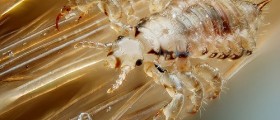
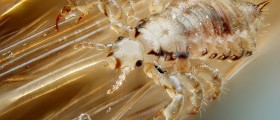
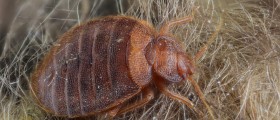
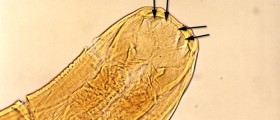
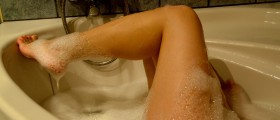
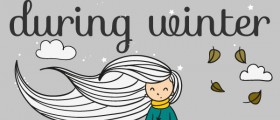
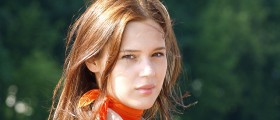

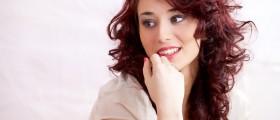
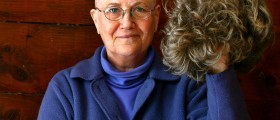

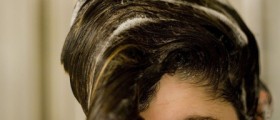

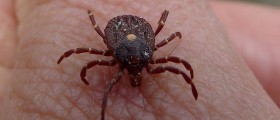
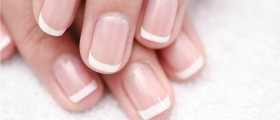
Your thoughts on this
Loading...